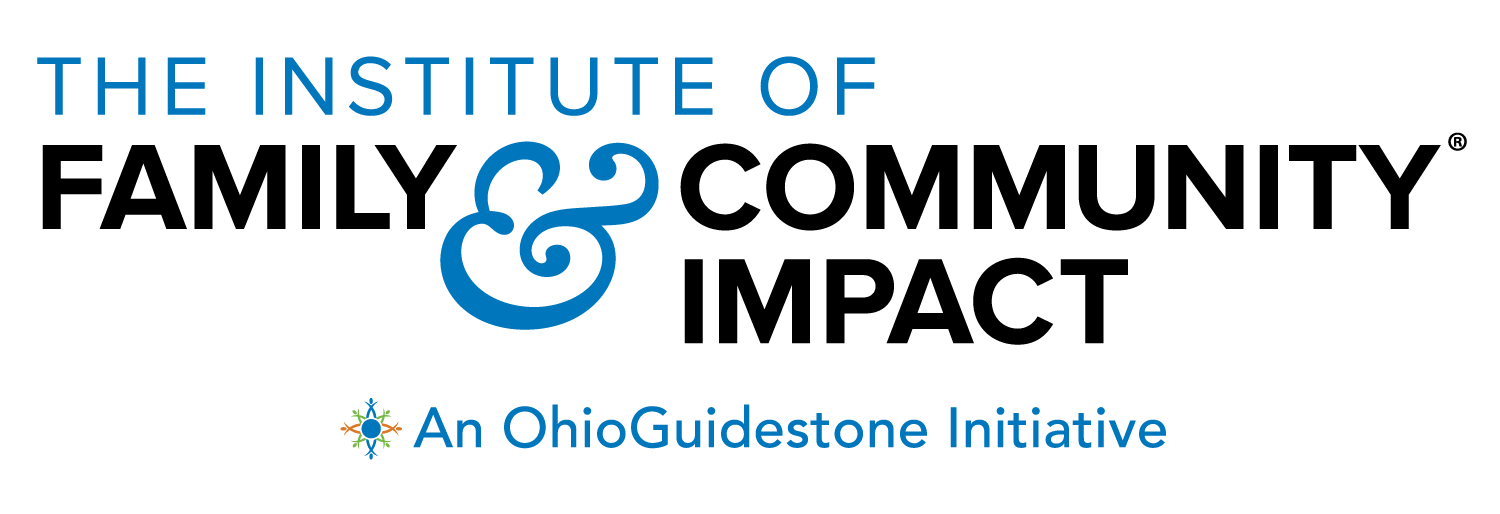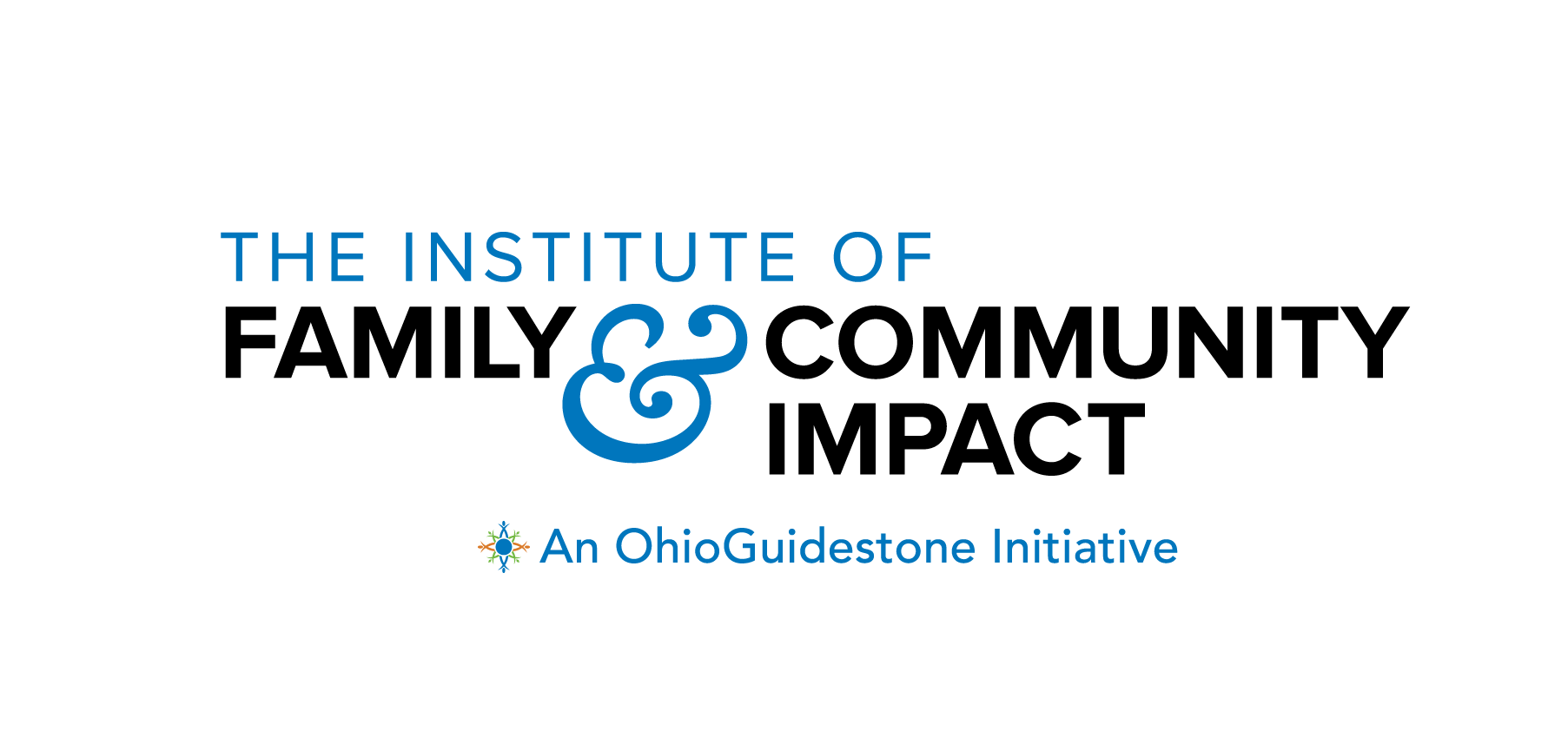
Research Reveals a Link Between Parent ACEs & Childhood Adversity : Summarizing a 2,205 Parent-Child Dyad Study.
Table of Contents
What Are Scientific Summaries?
At the Institute of Family and Community Impact, we are committed to reading and sharing literature on topics pertaining to the health of our families and communities in our website content and on our social media pages. At OhioGuidestone’s Institute, one of our goals is to address the impact of adverse childhood experiences (ACEs). The link between parental ACEs and children’s adversity experiences across generations, as revealed through the accounts of 2,205 parent-child pairs in Schickedanz, et al.’s (2021) study is the focus of today’s scientific summary.
The deep-rooted connection between parental adverse childhood experiences is explored in Schickedanz, et al. (2021)’s study. This study is a reminder to all of us on the importance of understanding and addressing the intergenerational effects of trauma and toxic stress, paving the way for more informed and compassionate approaches to supporting families in building vitality, and breaking cycles of adversity that may be exacerbated or driven by things like social drivers of health, systematic oppression, and marginalization.

What Are Parent ACEs and How Do They Impact Children?
Adverse childhood experiences (ACEs) are childhood stressors associated with behavioral, mental, and physical health challenges. This research explores the intergenerational link between parent ACEs and child ACEs. The study identifies and examines parent factors that influence ACEs within 2,205 parent-child pairs. Although, there has been longstanding evidence highlighting the health risks faced by individuals who encounter the types of adversity measured by ACEs, there is also evidence indicating that childhood adversity can increase the chances of adversity in one’s own children when taking on a parenting role.
Schickedanz, et al. (2021) expanded on a body of literature showing how childhood experiences impact future parenting and factors that can expose children to early adverse experiences. While this study uncovered some factors that mediate these intergenerational ACE connections (like parental mental health, parental aggravation with children and parenting, and measures of parenting conflicts), upcoming research should not only consider adversity risks as mediators of intergenerational ACE links but also explore protective factors such as parenting support and resilience measures.
Summary of This Research on Parent ACEs and Their Link to Child ACEs
The study findings validated a connection between elevated parent ACEs and increased child ACEs. Specifically, when parents had four or more ACEs, their children were 7.1% more likely to encounter four or more ACEs, compared to children of parents without ACEs. Maternal ACE counts showed a stronger correlation with children’s ACE counts compared to paternal ACE counts. However, when combined, both parental ACE counts were predictive of the child’s ACE risk.
Before Schickedanz, et al. (2021), no study had explored the intergenerational connections between parent ACEs and their children’s ACE score in adulthood. With an identified link between parent ACEs and childhood adversity, the well-known and widely accepted ACE score could serve as an early indication of children’s risk of adversity and household dysfunction. This is the first report to quantify the relationship between parent ACEs and their children’s ACE counts. It extends the existing literature by examining the intergenerational connection of adversity within families.
This article highlights the significance of transforming intergenerational screening and intervention methods for child adversity and maltreatment. Currently, they are carried out after the child’s birth in pediatric practices, but measuring the parent ACE score before birth could allow us to address adversity during the prenatal stage or earlier. This approach could help us as a society to tailor preventive interventions to lower the intergenerational transmission of adversity.
In 2012, the American Academy of Pediatrics (AAP) issues broad recommendations for a two-generation approach to identify high-risk families, including inquiring about children and parents’ encounters with early adversity, which could involve parent ACEs screening. However, only 15 percent of pediatric practices routinely screen for more than two parent ACEs. Screening parents for a complete set of ACEs could offer opportunities to identify and break the cycle of intergenerational adversity. An intergenerational approach to adversity has the potential to disrupt the health impacts of childhood adversity like mental health challenges, chronic illnesses, substance use, and premature death.
Schickedanz, et al. (2021) emphasize the importance of considering the complete ACE score rather than focusing solely on individual ACEs when assessing the total adversity faced by an individual. This is crucial as different forms of adversity are believed to affect our health through various interconnected risk pathways, including the common pathways of the endocrine stress response and heightened allostatic load (the “wear and tear” on the body that accumulates as an individual is exposed to repeated or chronic stress).
What You Will Find in the Article on Parent ACEs
This study investigates the correlation between parents’ ACE scores and their adult children’s ACE scores in a study sample of 2,205 parent-child dyads. It also explores potential factors that may influence these connections, such as parental mental health, parenting aggravation, and disagreements among parents. The study utilized data from the Panel Study of Income Dynamics (PSID), a nationally representative genealogical panel survey with a sample of U.S. families beginning in 1968. During the 2013, main phone interview of the PSID, data on health, education, income, family structure, and demographic details (among other information) were gathered for adult heads of household, their spouses, their children, and other residents.
Throughout the article, exploring ACEs and adversity across generations is explored as a prevention opportunity to address childhood adversity before it has the chance to even develop and influence the health, wellness, and vitality of individuals and families.
Parent ACEs & the Intergenerational Impact Research Source & Link
Schickedanz, A., Escarce, J. J., Halfon, N., Sastry, N., & Chung, P. J. (2021). Intergenerational Associations between Parents’ and Children’s Adverse Childhood Experience Scores. Children, 8(9), 747. https://doi.org/10.3390/children8090747
Link: https://www.ncbi.nlm.nih.gov/pmc/articles/PMC8466272/
Feedback & Comments
The Institute of Family & Community Impact, an initiative of OhioGuidestone, understands all of our work is informed by the communities we serve. Have questions about who we are or what we do? Or have a suggestion for our Scientific Summaries? Visit our FAQ page or contact us today.

Payten Kleinhenz
Payten Kleinhenz B.S., CDCA is a Behavioral Health Specialist IV at OhioGuidestone. As a former Research Analyst at the Institute of Family and Community Impact, she helped lead applied clinical science & research communications. She authored department written content such as newsletters and reports, social media posts, and articles by prioritizing evidence-based, research-backed writing and reader accessibility. She also managed research data through data collection, entry and storage. Payten graduated with a B.S. in Sociology from Western Carolina University in May 2022. Her sociological background drives her passion for dismantling systemic and structural barriers. Payten’s primary research and professional areas of interests include substance use disorders, and family/social ties in the context of power relations and structures.


